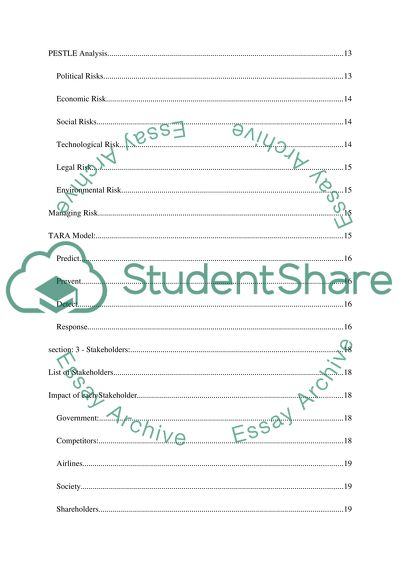Cite this document
(“The Investment Decision Of Airbus And Boeing Essay”, n.d.)
Retrieved from https://studentshare.org/finance-accounting/1395741-the-investment-decision-of-airbus-and-boeing
Retrieved from https://studentshare.org/finance-accounting/1395741-the-investment-decision-of-airbus-and-boeing
(The Investment Decision Of Airbus And Boeing Essay)
https://studentshare.org/finance-accounting/1395741-the-investment-decision-of-airbus-and-boeing.
https://studentshare.org/finance-accounting/1395741-the-investment-decision-of-airbus-and-boeing.
“The Investment Decision Of Airbus And Boeing Essay”, n.d. https://studentshare.org/finance-accounting/1395741-the-investment-decision-of-airbus-and-boeing.


